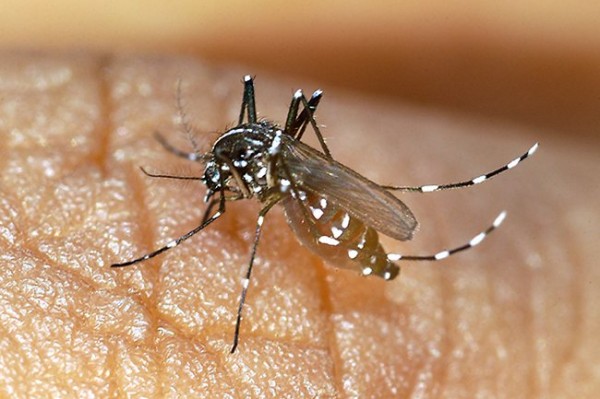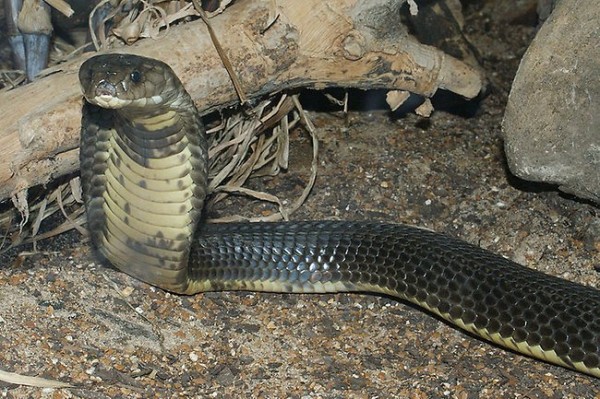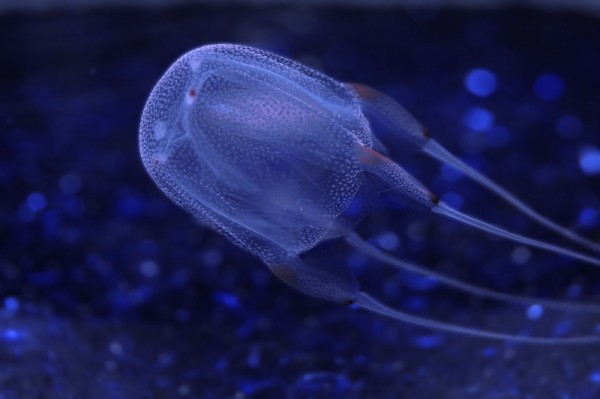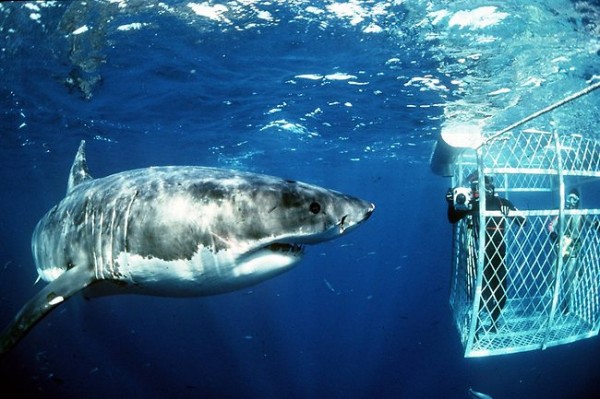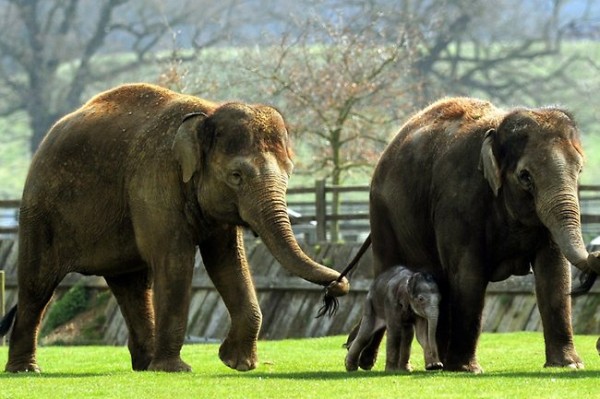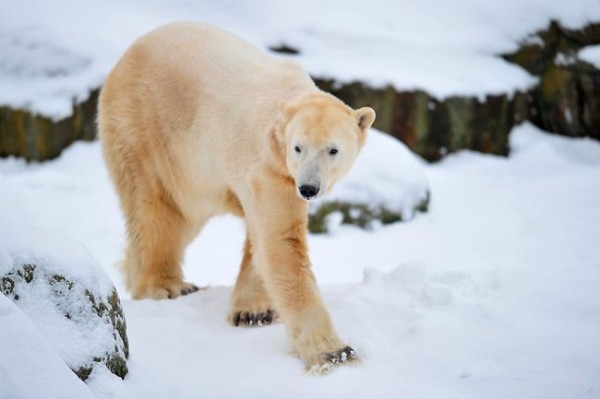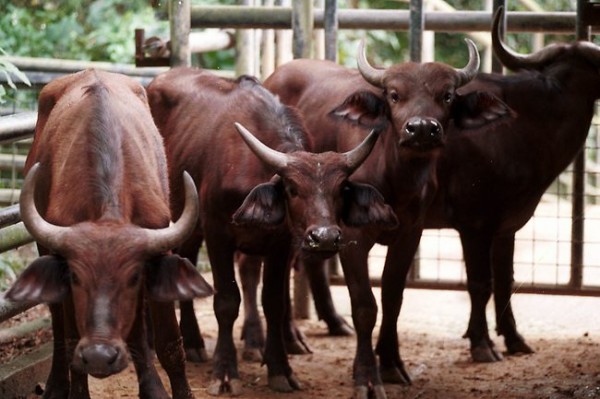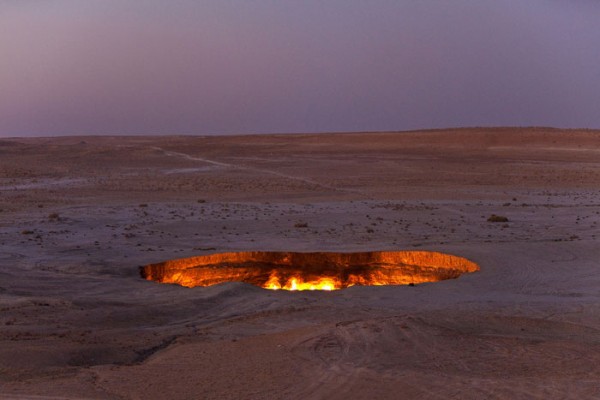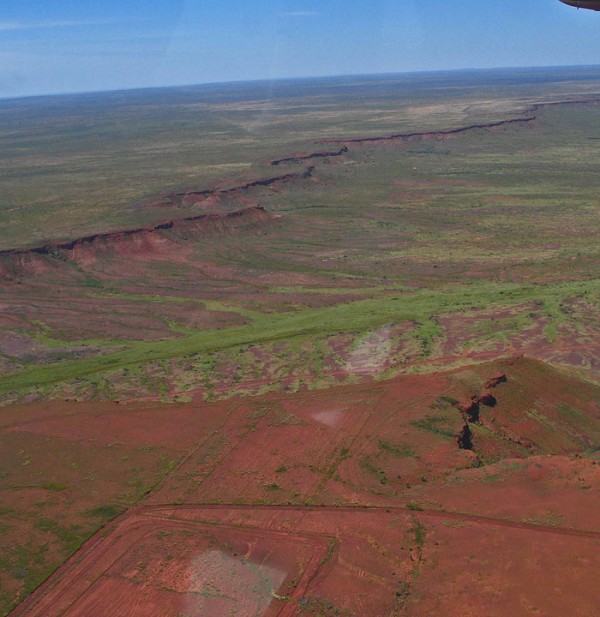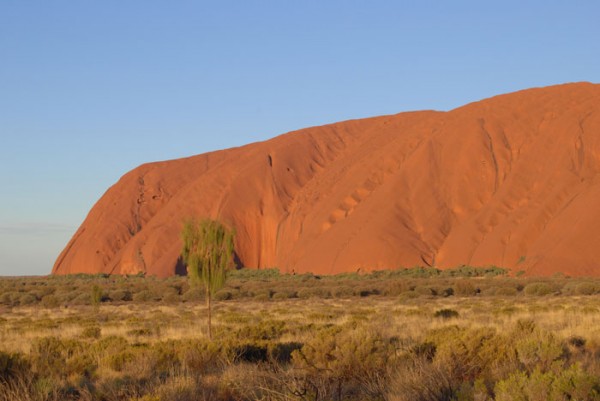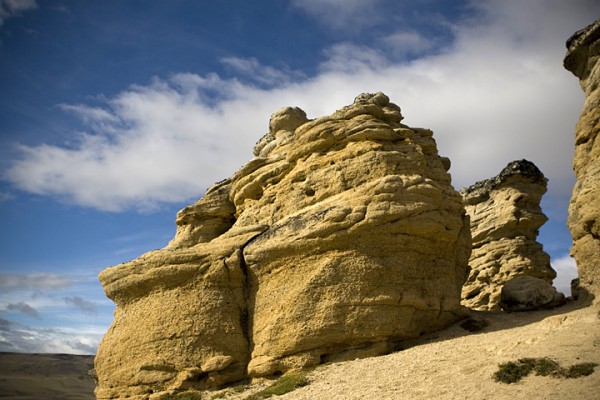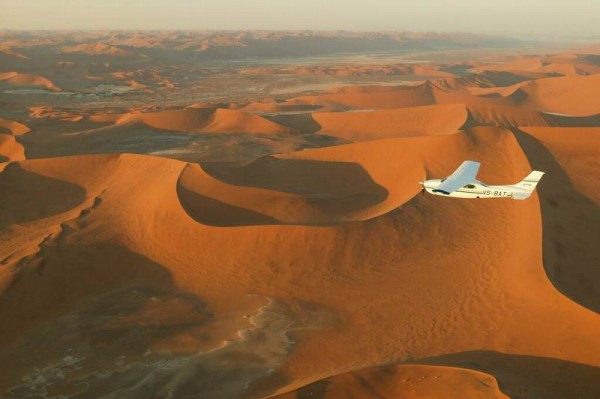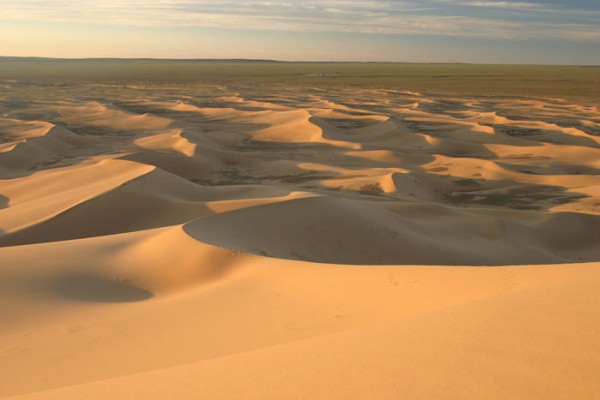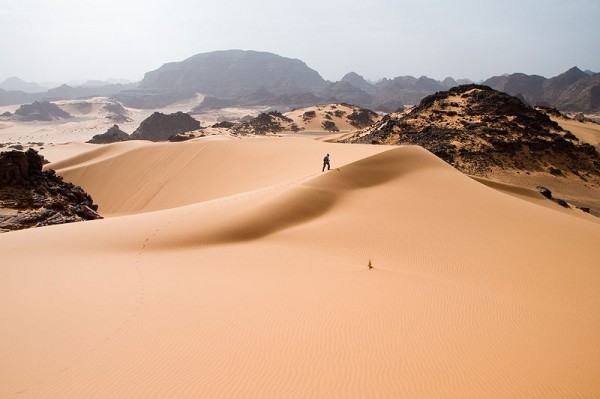$59.5 million
Address: 612 Halsey Lane, Bridgehampton, N.Y.
Square Feet: About 31,000
Acres: 11.5
Beds/Baths: 9/11 plus 1 half
Year Built: N/A

The real estate recession in the USA is upon us. Property values are likely to get a lot worse before they get better, as we see the biggest housing crisis for 50 years. Foreclosures are mounting and debt is a huge burden but that doesn’t mean houses on the most desirable U.S. beaches aren’t still asking boom-style prices. The most expensive beach house today is listed at $59.5 million in Bridgehampton, N.Y. Of course, as many home buyers and sellers are finding out these days, the asking price is often far higher than the selling price. One thing is pretty certain: Once the economy recovers it’s a pretty good bet that prices for properties such as these will go even higher.
2

$49.5 million
Address: Southampton , N.Y.
Square Feet: About 18,000
Acres: About 9 acres
Beds/Baths: 12/12 plus 1 half
Year Built: 1915

$39.6 million
Address: Bermuda Bay Community, Vero Beach, Fla.
Square Feet: 22,000
Acres: 5
Beds/Baths: 8/10, plus 5 half
Year Built: 1998

$39.5 million
Address: East Hampton, N.Y.
Square Feet: 1,200
Acres: 2
Beds/Baths: 6/7
Year Built: N/A

$39.5 million
Address: 1472 South Ocean Blvd, Palm Beach, Fla.
Square Feet: 4,838
Acres: 1.89
Beds/Baths: 6/6, plus 1 half
Year Built: 1953

$37 million
Address: 2900 Paradise Drive, Tiburon, Calif.
Square Feet: 14,000
Acres: 8.5
Beds/Baths: 11/10, plus 2 half
Year Built: The main house was built in 1989

$34.5 million
Address: 2 Fowler, Southampton, N.Y.
Square Feet: 8,500
Acres: 2.3
Beds/Baths: 7/6, plus 1 half
Year Built: Rebuilt in 2004

$29 million
Address: 3443 Padaro Lane, Carpinteria, Calif.
Square Feet: 6,800
Acres: 1.3
Beds/Baths: 5/6, plus 1 half
Year Built: Completely remodeled in 2008

$24.75 million
Address: 1787 Fernald Point Lane, Santa Barbara, Calif.
Square Feet: 6,463
Acres: 1
Beds/Baths: 8/9, plus 2 half
Year Built: 1930

$23.8 million
Address: 20 Kai Ala Dr., Maui, Kaanapali, Hawaii
Square Feet: 11,076
Acres: N/A
Beds/Baths: 8/9 plus 1 bath
Year Built: N/A

$23.5 million
Address: 1 Sherburne Way, Nantucket, Mass.
Square Feet: N/A
Acres: N/A
Beds/Baths: 5/4 plus 1 half bath
Year Built: 1996

$21 million
Address: 112A S Kalaheo Ave., Kailua, Oahu
Square Feet: 7,600
Acres: N/A
Beds/Baths: 8/8 plus 1 half
Year Built: N/A

$19.5 million
Address: 43 Cliff Ave., Newport, R.I.
Square Feet: 25,000
Acres: 6
Beds/Baths: 15/12
Year Built: 1899

$19.5 million
Address: 251 Green Dunes, West Hyannisport, Mass.
Square Feet: About 12,000
Acres: 10
Beds/Baths: 9/11
Year Built: 1995

$16.99 million
Address: Morning View Dr., Malibu, Calif.
Square Feet: 16,000
Acres: 5.33
Beds/Baths: 10/11
Year Built: N/A

$16.9 million
Address: Montecito, Calif.
Square Feet: 10,000
Acres: 4.4
Beds/Baths: 5/6 plus 2
Year Built: N/A

$16.3 million
Address: 16 Yosemite Valley Rd., Westerly, R.I.
Square Feet: 16,626
Acres: 3.4
Beds/Baths: 12/8 plus 2 half
Year Built: 1931

$14 million
Address: 33 South Beach Road, Hobe Sound, Fla. 33455
Square Feet: 5,135
Acres: 2.72
Beds/Baths: 5/5, plus 2 half
Year Built: 1942

$12.9 million
Address: 708 Butler Avenue, Tybee Island, Ga.
Square Feet: 2,730
Acres: 2.3
Beds/Baths: 4/2, plus 1 half
Year Built: 1928

$11.4 million
Address: 1601 False Bay Rd., Friday Harbor, Wash.
Square Feet: main residence has 3500
Acres: 40
Beds/Baths: 4/2, plus 2 half
Year Built: main residence was built in 1900

$9.75 million
Address: 5 Shotnaigher Ln., Chilmark, Mass.
Square Feet: 2,967
Acres: 6.9
Beds/Baths: 5/4
Year Built: N/A

$9.6 million
Address: 120 West Oval, Winter Harbor, Me.
Square Feet: 8,284
Acres: 4.6
Beds/Baths: 10/10 plus 2 half
Year Built: 1892

$8.9 million
Address: 521 Indian Ave., Middletown, R.I.
Square Feet: 5,400
Acres: N/A
Beds/Baths: 5/5 plus 1 half
Year Built: 1989

$8.9 million
Address: 64 Manchester Rd., Mount Desert, Me.
Square Feet: 9,025
Acres: 1.4
Beds/Baths: 8/8 plus 1 half
Year Built: 1911

$8.5 million
Address: Savage Island, S.C.
Square Feet: 2800
Acres: 413
Beds/Baths: 3/3
Year Built: 1965
Address: 612 Halsey Lane, Bridgehampton, N.Y.
Square Feet: About 31,000
Acres: 11.5
Beds/Baths: 9/11 plus 1 half
Year Built: N/A

The real estate recession in the USA is upon us. Property values are likely to get a lot worse before they get better, as we see the biggest housing crisis for 50 years. Foreclosures are mounting and debt is a huge burden but that doesn’t mean houses on the most desirable U.S. beaches aren’t still asking boom-style prices. The most expensive beach house today is listed at $59.5 million in Bridgehampton, N.Y. Of course, as many home buyers and sellers are finding out these days, the asking price is often far higher than the selling price. One thing is pretty certain: Once the economy recovers it’s a pretty good bet that prices for properties such as these will go even higher.
2

$49.5 million
Address: Southampton , N.Y.
Square Feet: About 18,000
Acres: About 9 acres
Beds/Baths: 12/12 plus 1 half
Year Built: 1915

$39.6 million
Address: Bermuda Bay Community, Vero Beach, Fla.
Square Feet: 22,000
Acres: 5
Beds/Baths: 8/10, plus 5 half
Year Built: 1998

$39.5 million
Address: East Hampton, N.Y.
Square Feet: 1,200
Acres: 2
Beds/Baths: 6/7
Year Built: N/A

$39.5 million
Address: 1472 South Ocean Blvd, Palm Beach, Fla.
Square Feet: 4,838
Acres: 1.89
Beds/Baths: 6/6, plus 1 half
Year Built: 1953

$37 million
Address: 2900 Paradise Drive, Tiburon, Calif.
Square Feet: 14,000
Acres: 8.5
Beds/Baths: 11/10, plus 2 half
Year Built: The main house was built in 1989

$34.5 million
Address: 2 Fowler, Southampton, N.Y.
Square Feet: 8,500
Acres: 2.3
Beds/Baths: 7/6, plus 1 half
Year Built: Rebuilt in 2004

$29 million
Address: 3443 Padaro Lane, Carpinteria, Calif.
Square Feet: 6,800
Acres: 1.3
Beds/Baths: 5/6, plus 1 half
Year Built: Completely remodeled in 2008

$24.75 million
Address: 1787 Fernald Point Lane, Santa Barbara, Calif.
Square Feet: 6,463
Acres: 1
Beds/Baths: 8/9, plus 2 half
Year Built: 1930

$23.8 million
Address: 20 Kai Ala Dr., Maui, Kaanapali, Hawaii
Square Feet: 11,076
Acres: N/A
Beds/Baths: 8/9 plus 1 bath
Year Built: N/A

$23.5 million
Address: 1 Sherburne Way, Nantucket, Mass.
Square Feet: N/A
Acres: N/A
Beds/Baths: 5/4 plus 1 half bath
Year Built: 1996

$21 million
Address: 112A S Kalaheo Ave., Kailua, Oahu
Square Feet: 7,600
Acres: N/A
Beds/Baths: 8/8 plus 1 half
Year Built: N/A

$19.5 million
Address: 43 Cliff Ave., Newport, R.I.
Square Feet: 25,000
Acres: 6
Beds/Baths: 15/12
Year Built: 1899

$19.5 million
Address: 251 Green Dunes, West Hyannisport, Mass.
Square Feet: About 12,000
Acres: 10
Beds/Baths: 9/11
Year Built: 1995

$16.99 million
Address: Morning View Dr., Malibu, Calif.
Square Feet: 16,000
Acres: 5.33
Beds/Baths: 10/11
Year Built: N/A

$16.9 million
Address: Montecito, Calif.
Square Feet: 10,000
Acres: 4.4
Beds/Baths: 5/6 plus 2
Year Built: N/A

$16.3 million
Address: 16 Yosemite Valley Rd., Westerly, R.I.
Square Feet: 16,626
Acres: 3.4
Beds/Baths: 12/8 plus 2 half
Year Built: 1931

$14 million
Address: 33 South Beach Road, Hobe Sound, Fla. 33455
Square Feet: 5,135
Acres: 2.72
Beds/Baths: 5/5, plus 2 half
Year Built: 1942

$12.9 million
Address: 708 Butler Avenue, Tybee Island, Ga.
Square Feet: 2,730
Acres: 2.3
Beds/Baths: 4/2, plus 1 half
Year Built: 1928

$11.4 million
Address: 1601 False Bay Rd., Friday Harbor, Wash.
Square Feet: main residence has 3500
Acres: 40
Beds/Baths: 4/2, plus 2 half
Year Built: main residence was built in 1900

$9.75 million
Address: 5 Shotnaigher Ln., Chilmark, Mass.
Square Feet: 2,967
Acres: 6.9
Beds/Baths: 5/4
Year Built: N/A

$9.6 million
Address: 120 West Oval, Winter Harbor, Me.
Square Feet: 8,284
Acres: 4.6
Beds/Baths: 10/10 plus 2 half
Year Built: 1892

$8.9 million
Address: 521 Indian Ave., Middletown, R.I.
Square Feet: 5,400
Acres: N/A
Beds/Baths: 5/5 plus 1 half
Year Built: 1989

$8.9 million
Address: 64 Manchester Rd., Mount Desert, Me.
Square Feet: 9,025
Acres: 1.4
Beds/Baths: 8/8 plus 1 half
Year Built: 1911

$8.5 million
Address: Savage Island, S.C.
Square Feet: 2800
Acres: 413
Beds/Baths: 3/3
Year Built: 1965
